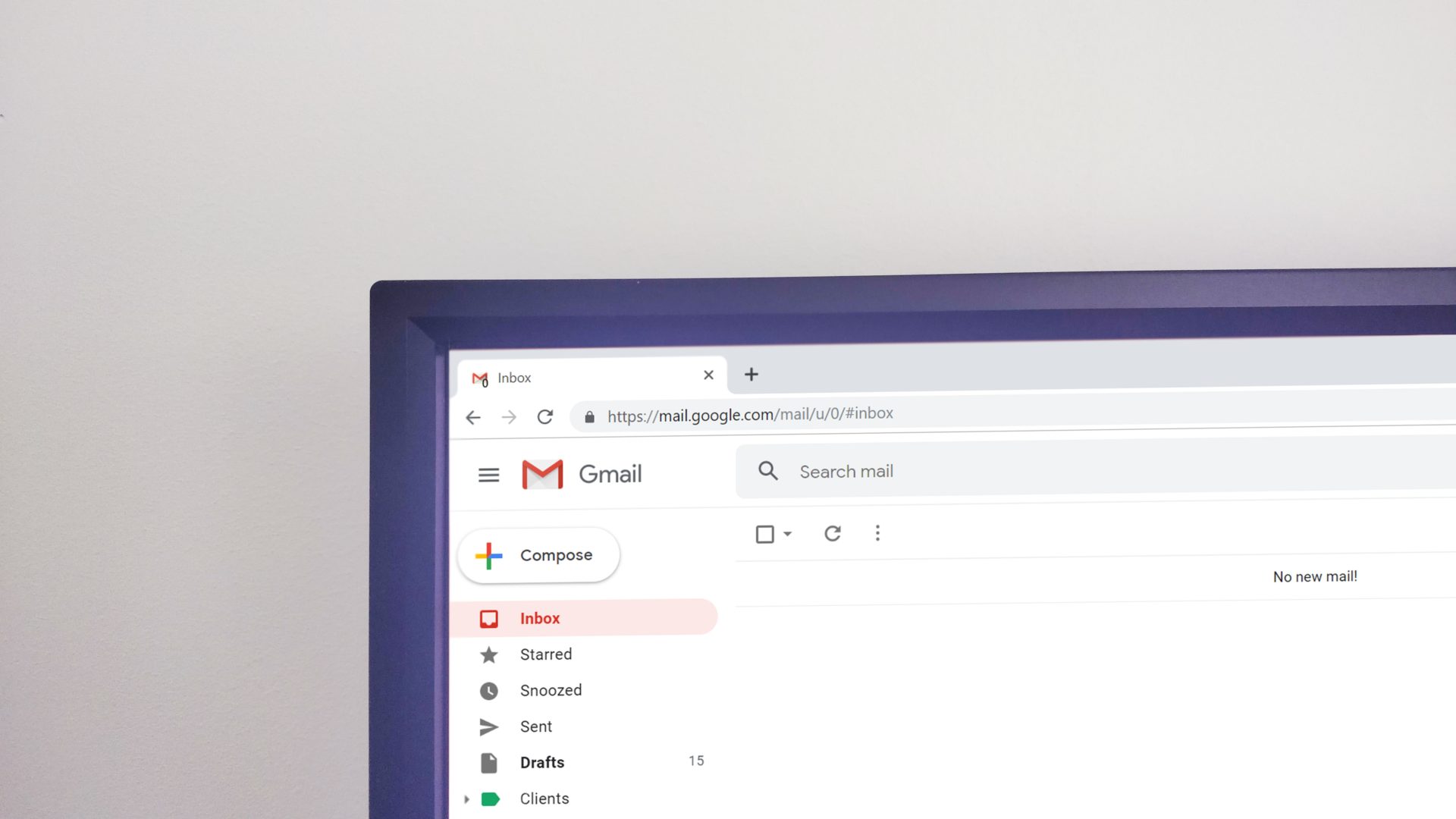Email is one of the oldest forms of communication on the internet.
Originally developed in the early 1960s, email has evolved and is now one of the most common forms of communication, particularly for corporate workforces and employees.
However, it is important to understand when, and when not, to use email as your main form of communication.
Although email is one of the easiest forms of communication, it is important to understand the nuances of sending an email and opting to utilize other communication methods.
While email is a preferred method of contact and communication, it has certain limits which make it a less preferred system.
For instance, email is a one-way communication, meaning that it does not allow for immediate responses for exchanging ideas.
In addition, while email is a great form of communication, it does not allow for ongoing, back-and-forth immediate discussion.
Due to these limitations, it is important to understand when, and when not, to use email in your professional communication.
When to Use Email
Email, even with all its faults and limitations, is still one of the best forms of communication, particularly within a professional organization.
Whereas other forms of communication can be particularly finicky and unreliable, email is more secure and can ensure that the message sent is properly received.
When it comes to understanding when, and when not, to use email, you should definitely use email when it comes to providing important and timely information.
As relaying that information requires a thorough write-up, email is the best option.
Similarly, when it comes to providing detailed information and data, email remains the single best option.
That is because email allows for additional text and formatting options that other options simply lack.
In addition, an email is a great option when it comes to keeping an official record.
If you need to request a task to be completed or are reaching out to an external vendor, email is the best option as it will be kept saved and ensure that your communication attempts are present.

When to Use Email – Bulleted Points
- To provide directional, important, and timely information
- To share detailed information and data points
- To ensure that there is a permanent record of the communication
- To provide a brief status update
- To provide multiple audiences with relevant and timely information
- To deliver longer, more nuanced messages
- To direct one or multiple people to a link or message
When Not to Use Email
When it comes to understanding when, and when not, to use email, it is important to understand the reason behind sending an email message.
In general, for any formal, informational, or instructional information, email works well and is a preferred method of communication.
However, email is generally not a suitable communication method for providing bad or negative information.
This information should be provided in person and in a tactful manner.
Email is a very cold and dry communication method and should not be the preferred method for any negative information.
In addition, email should be avoided when the issues being discussed are particularly nuanced and complex.
For nuanced and complex issues, it is better to hold an in-person meeting to discuss the specifics surrounding the issue.
This not only allows for a better explanation of the issue at hand but also allows for questions from other participants.
Lastly, email should not be used when the information is particularly confidential and sensitive.
Of course, this varies by company and industry, but confidential information and information which is sensitive in nature may better be discussed in person.
When Not to Use Email – Bulleted Points
- To give bad news
- To give negative news
- To provide complex or detailed information
- When the receiver should be provided the courtesy of responding immediately
- When there are nuances that may be too difficult to explain via text
- When the information is confidential or particularly sensitive

Alternatives to Email
While emails have been ingrained in the way we conduct and complete work, there have been a plethora of new and rising services which meet the growing demand for a more efficient and streamlined communication method.
Notably, these services rely on instant messaging capabilities, which allow for faster, more instantaneous responses.
One of the most popular alternatives to email is Slack.
Slack is a communication tool that brings multiple teams and workgroups together.
This is done via channels, which are single places for messaging and discussions.
Individuals can also message one another to discuss one-offs and random topics.
Since its inception in 2013, Slack has grown to be a formidable alternative to emails.
It is widely used in corporate offices and particularly well-liked amongst the IT and technological crowds.
Slack is simple to integrate and adopt and is highly intuitive.
Conclusion
When it comes to understanding when, and when not, to use email, it is important to understand the purpose of the email.
If it is an email that is particularly complex or nuanced, it is often better to hold an in-person meeting to discuss.
Similarly, if you have information that is sensitive, confidential, or contains bad news, it is better to be done in person.
However, if you are looking to provide directions, follow-up on an action item, or address a large audience, then sending one through email is preferred.
In general, email should be used when you would like a receipt of the message being sent and when the topic requires sufficient space to discuss.
Feel free to also check out our ultimate guide on writing business emails and the nuances which should go into that form of communication.









